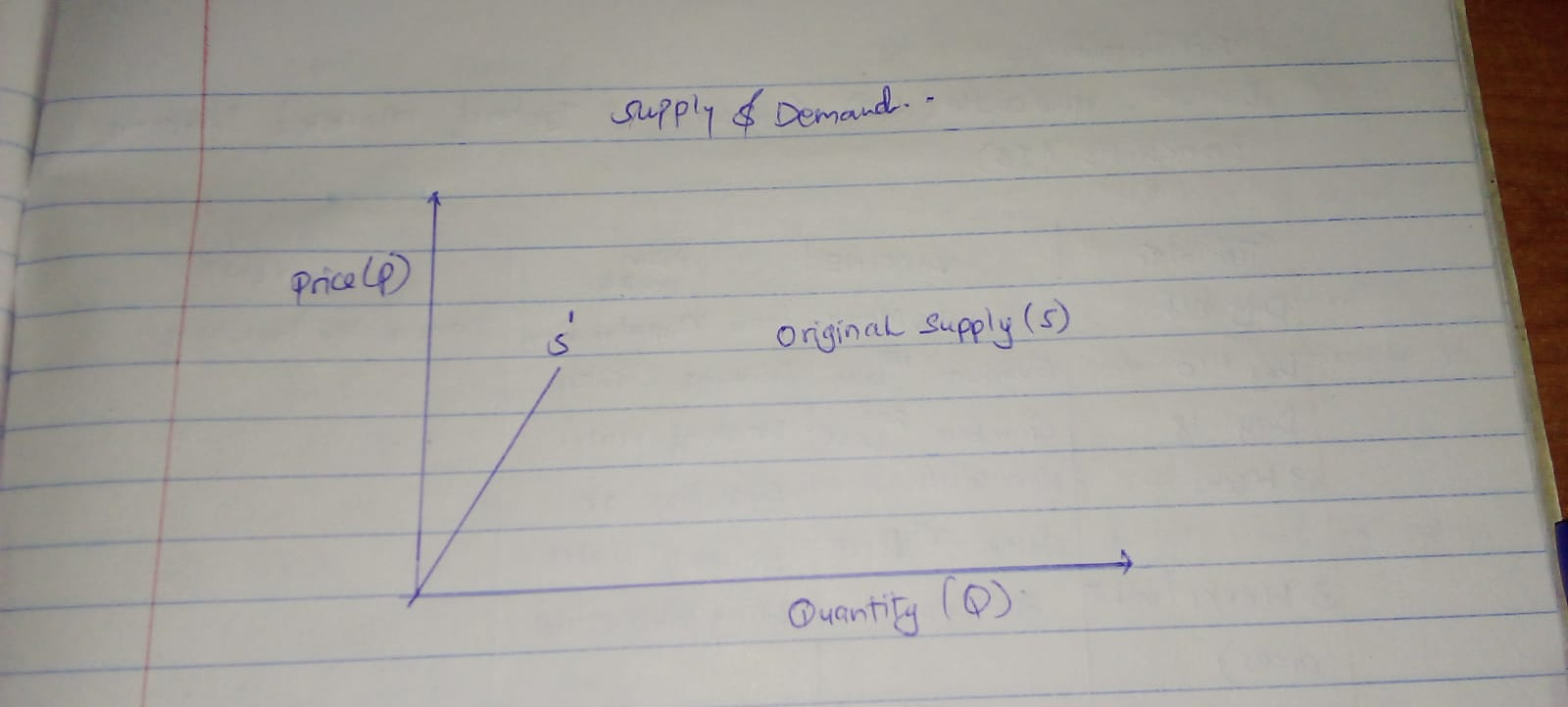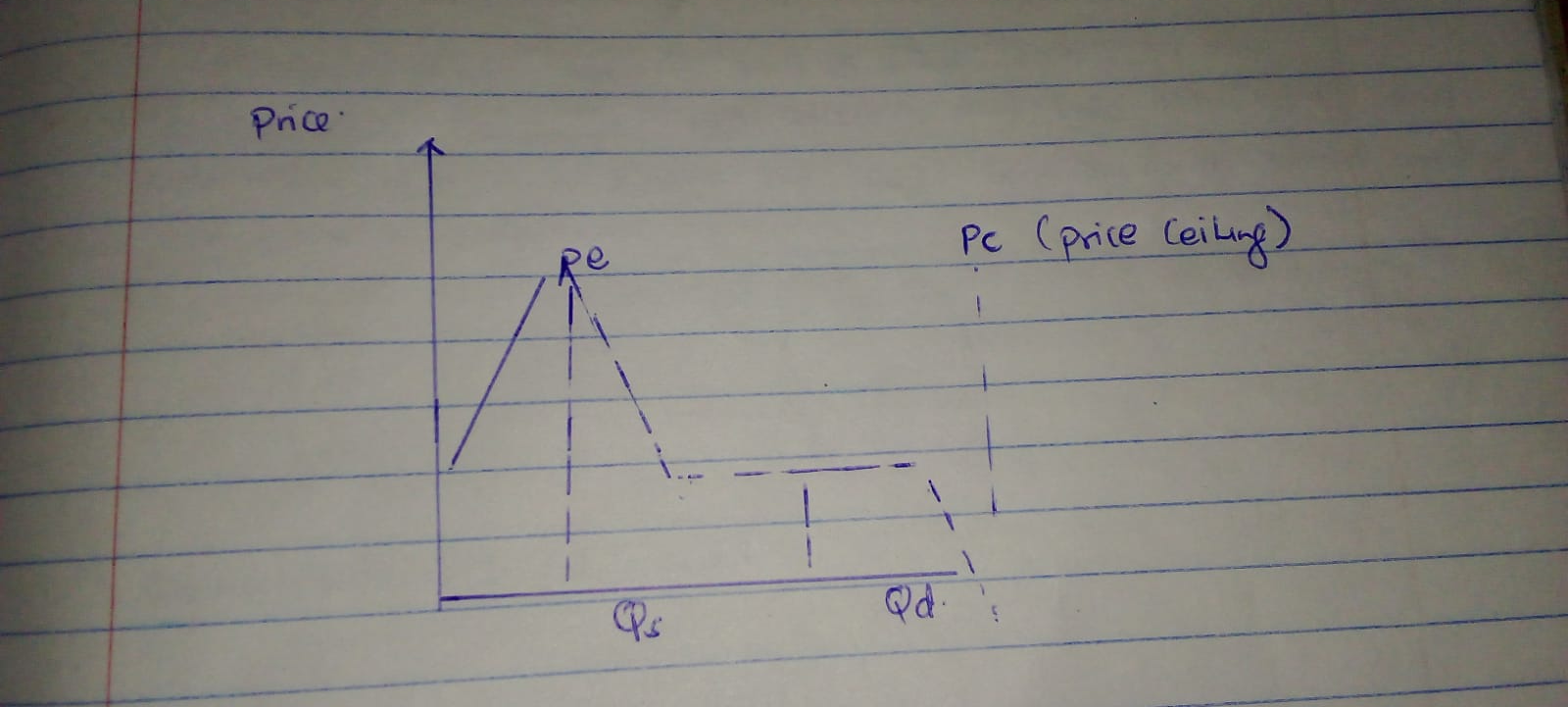The beef market is witnessing steep price swings. The paper focuses on price fluctuation due to the shift in the supply or demand, analyzes the price elasticity of demand and supply of beef products, evaluates the long-term impact of these elasticities and proposes the implications of a government influence in the market based on the article.
Analysis of Price Change
The higher price of beef products can be due to a decrease in supply, as the coming article supports. The shortage is mostly linked to drier conditions in pasture lands, resulting in increased costs for producing milk. Consequently, the herd numbers are reduced. Subsequently, the curve of supply shifts to the left, and we have a corresponding decrease in the quantity supplied and a price increase. On the demand side, both consumers’ preferences for basically beef products and their capability to decide to pay higher prices or to reshape their diets if price variations appear, have been strengthening. Hence, the movement of the demand curve is stable relatively. Below is a graphical representation of the market for beef products
Graph 1

The line graph illustrates two equilibria points, A and B. The first one is abandoned because supply has diminished and shifted to the left (from S via S’).
Price Elasticity of Demand and Supply
Beef products have Price Elasticity of Demand being inelastic. This is so mainly because, contrary to their predictions, consumers still keep buying beef products, although they may be in smaller quantity sizes with some adjustments in spending elsewhere. Beef is typically viewed as a mainstay or indispensable food ingredient with few other options for the short run. However, the Price Elasticity of Supply (PES) is very elastic. This is the result of the fact in the long-term perspective, farmers have the power to adjust production volumes to shifts in prices. Nevertheless, in the short term, supply may be significantly inelastic due to obstacles such as set input costs and time needed to breed more cattle.
Impact of Elasticities in the Long Run
Eventually, the demand for PED and PES is likely to become more elastic. The reason is that both consumers strike to pick other protein sources while producers decide to adjust production levels and invest in new technologies or resources.
Table 1

In the short term, the supply curve is relatively inelastic due to fixed factors like herd sizes which then result in a smaller rise in quantity supplied and a huge rise in price than in the long run. In the long run, producers will have more flexibility to adapt their operations, leading to a larger increase in supply and a smaller increase in prices.
Government Intervention
The government would probably intervene to save sellers, especially those who might get in trouble because beef prices are higher. The government can utilize price controls or subsidies to guarantee that beef products are at affordable levels.

Graph 2
In the graph, the price ceiling is lower than the equilibrium price (Pc < Pe) and so excess demand (Qd > Qs) results from scarcity. The demand often will overcome the supply as the quantity demanded exceeds the quantity supplied, thus causing the shortage, the emergence of quality deterioration, or grey markets. On the other hand, the low prices are a preference for the consumers whose availability might be affected.
Conclusion
Price increment in the beef market can be traced to the reduction in supply as a result of external causes such as drought and escalating costs. The short-term elasticity of both demand and supply is rather inelastic, but in the long run, increases as consumers and producers get used to market conditions and adapt to the required adjustments. Government interventions may be aimed at protecting buyers from reducing prices, but such measures can be considered as market distortions and unforeseen consequences.
References
Addy Bink. (2024). Beef prices could hit record highs in 2024, experts warn. The Hill.
 write
write